What Is A Food Production Line
A food production line is a systematic arrangement of machinery, equipment, and processes designed to transform raw materials into finished food products on a large scale. This setup is crucial for the mass production of food items, ensuring efficiency, consistency, quality, and safety throughout the production process.
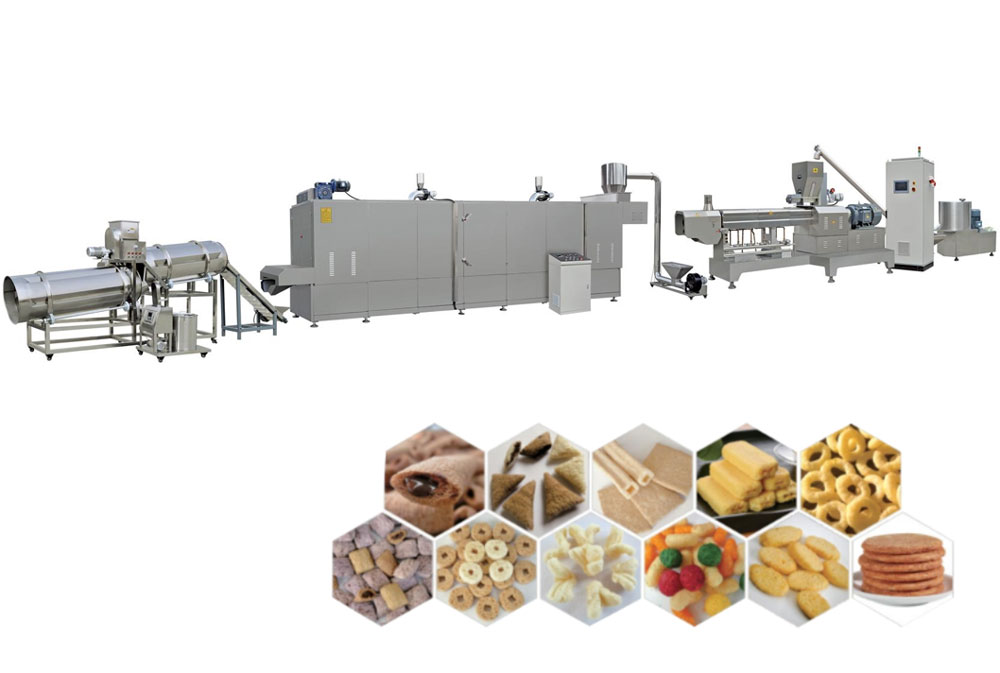
Key Components of a Food Production Line
Raw Material Handling
Storage and transportation of raw ingredients.
Initial inspection and quality checks.
Processing Equipment
Machines for washing, peeling, cutting, mixing, and blending.
Specialized equipment for specific processes like baking, frying, or steaming.
Cooking/Baking Units
Ovens, fryers, steamers, and other cooking devices.
Temperature control systems to ensure proper cooking.
Cooling and Refrigeration
Systems to rapidly cool products after cooking.
Refrigeration units for storage of perishable items.
Packaging Machinery
Machines for filling, sealing, labeling, and boxing finished products.
Various packaging formats like bottles, cans, bags, or boxes.
Quality Control Stations
Areas designated for inspecting and testing product quality.
Equipment for measuring weight, consistency, and safety.
Conveying Systems
Conveyor belts and automated systems to move products between different stages.
Ensuring smooth and continuous flow of materials.
Automation and Control Systems
Sensors, robotics, and computer systems to automate processes.
Monitoring and controlling the production line for efficiency and precision.
Benefits of a Well-Designed Food Production Line
Efficiency
Streamlines the production process, reducing time and labor costs.
Increases production capacity and throughput.
Consistency
Ensures uniformity in product quality and appearance.
Reduces variability and errors in the production process.
Safety
Meets stringent hygiene and safety standards.
Minimizes the risk of contamination and foodborne illnesses.
Cost-Effectiveness
Optimizes resource utilization, reducing waste and operational costs.
Enhances profitability through improved productivity.
Scalability
Allows for easy scaling up of production to meet increased demand.
Adaptable to new products and processes with minimal changes.
Applications of Food Production Lines
Beverage Production: Bottling and canning of soft drinks, juices, and alcoholic beverages.
Bakery Products: Automated baking, cooling, and packaging of bread, cakes, and pastries.
Dairy Processing: Production of milk, cheese, yogurt, and ice cream.
Snack Foods: Manufacturing of chips, crackers, and other packaged snacks.
Prepared Meals: Production of frozen or ready-to-eat meals.
Confectionery: Manufacturing of candies, chocolates, and sweets.
Conclusion
A food production line is an integral part of modern food manufacturing, enabling the efficient, consistent, and safe production of food items on a large scale. By integrating advanced machinery, automation, and stringent quality control measures, food production lines ensure that consumers receive high-quality products that meet both regulatory standards and market demands.
Must-Read Blogs For Chain Restaurants Owner







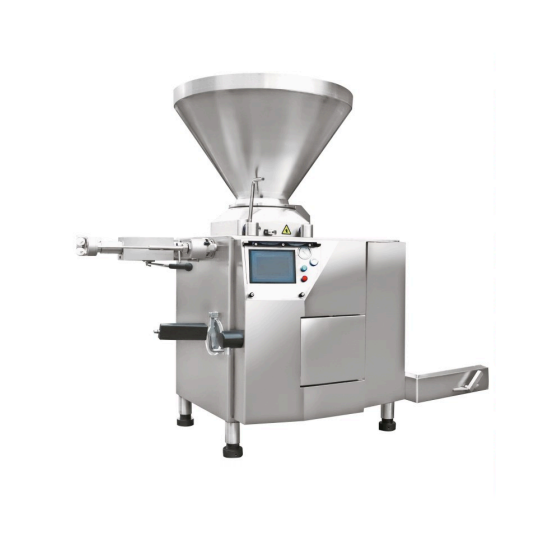
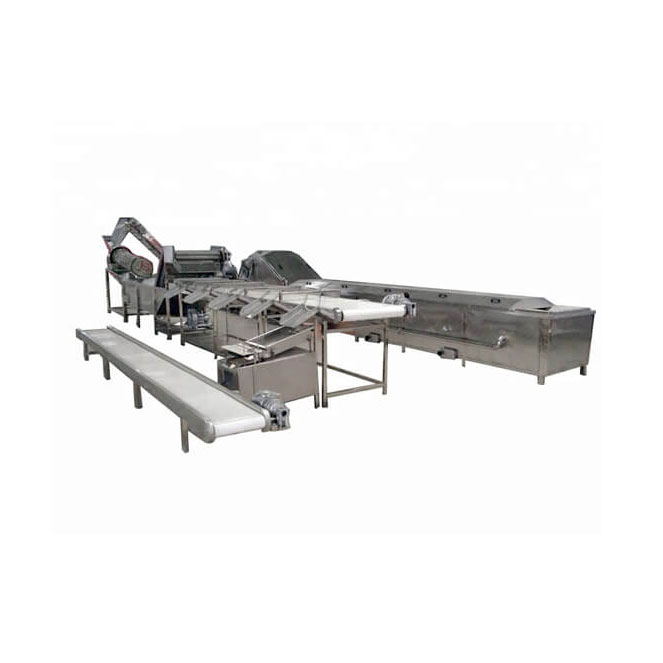
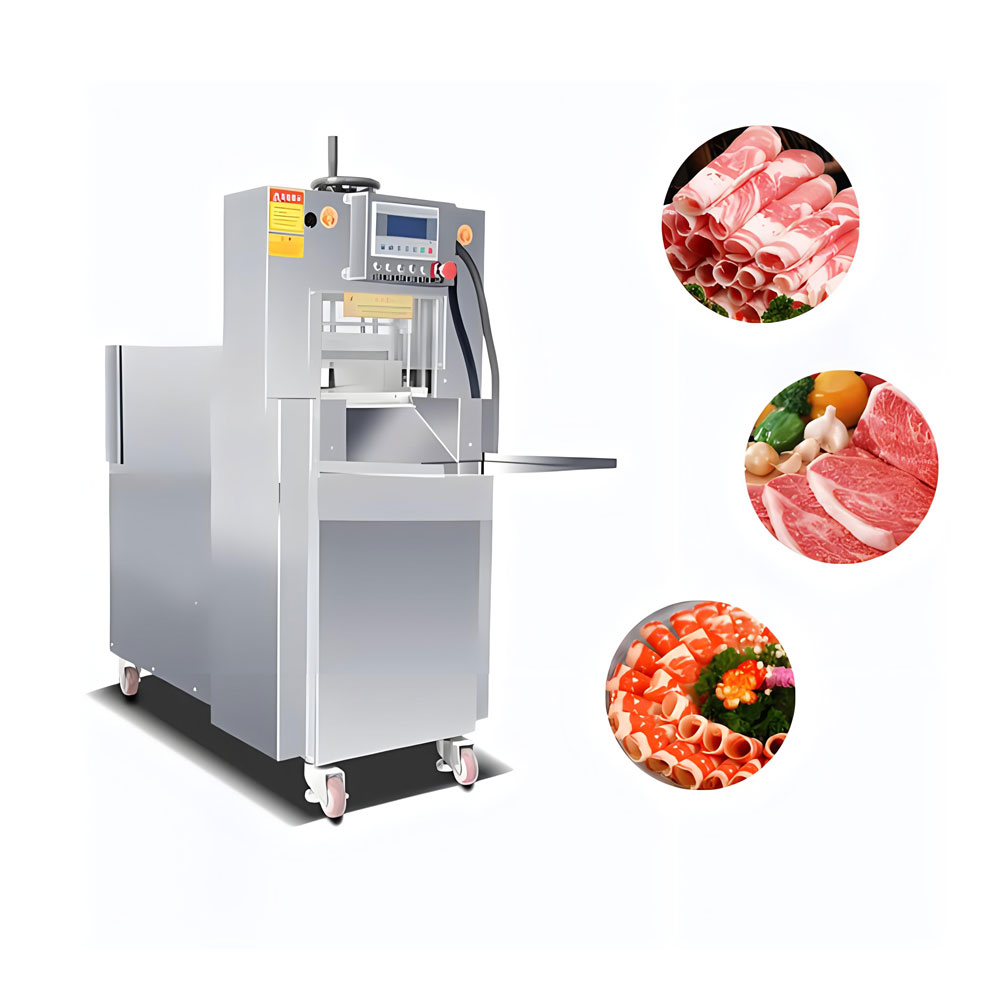
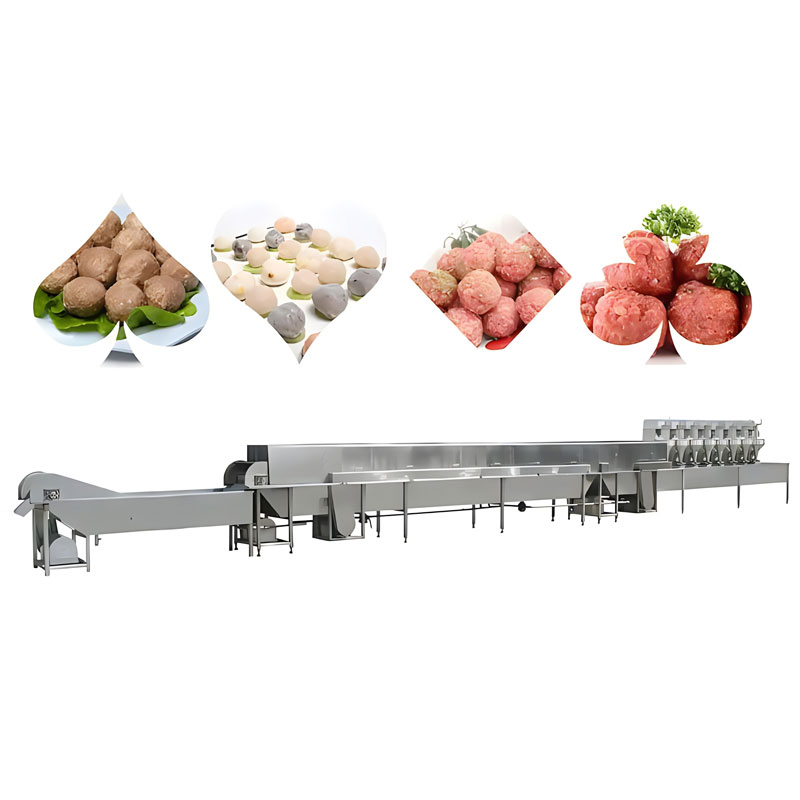
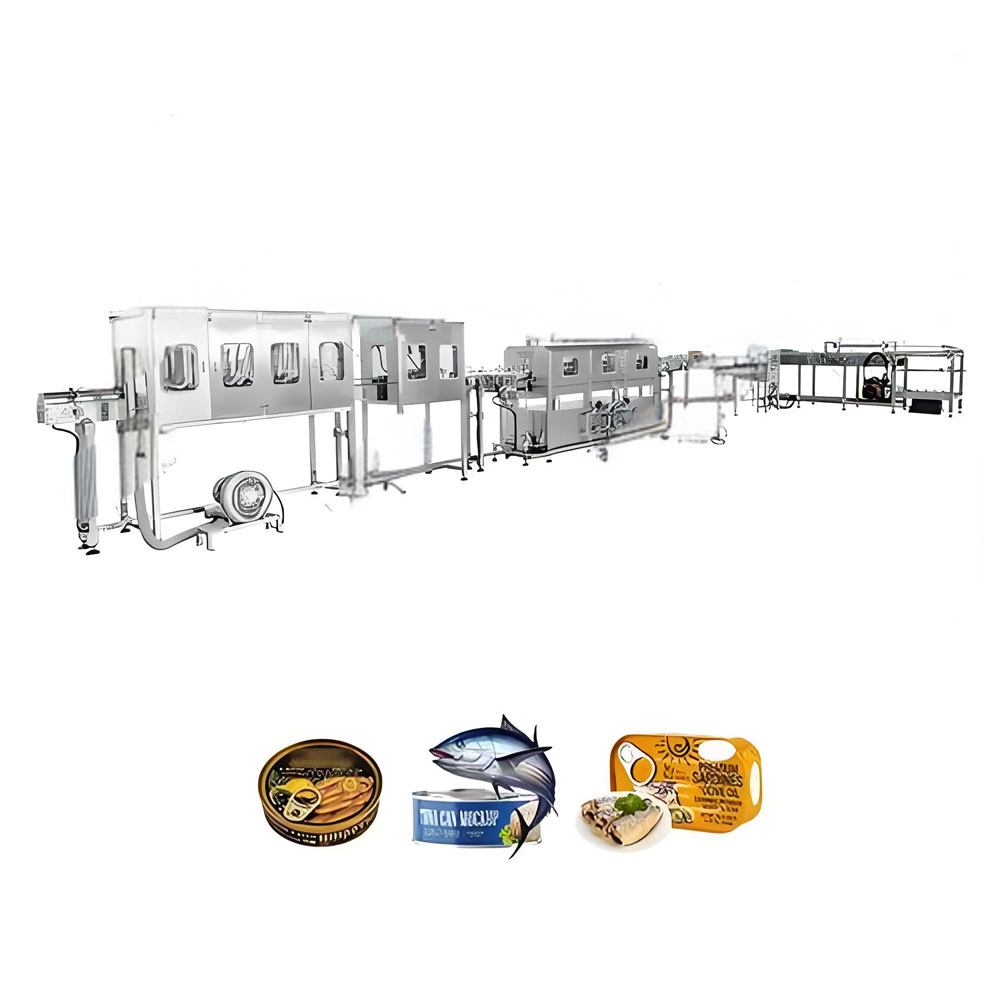 Canned Sardine Production Line Equipment
Canned Sardine Production Line Equipment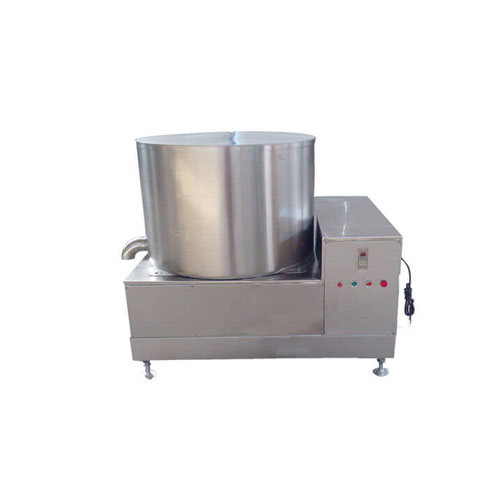 Fried Food Deoiling Machine
Fried Food Deoiling Machine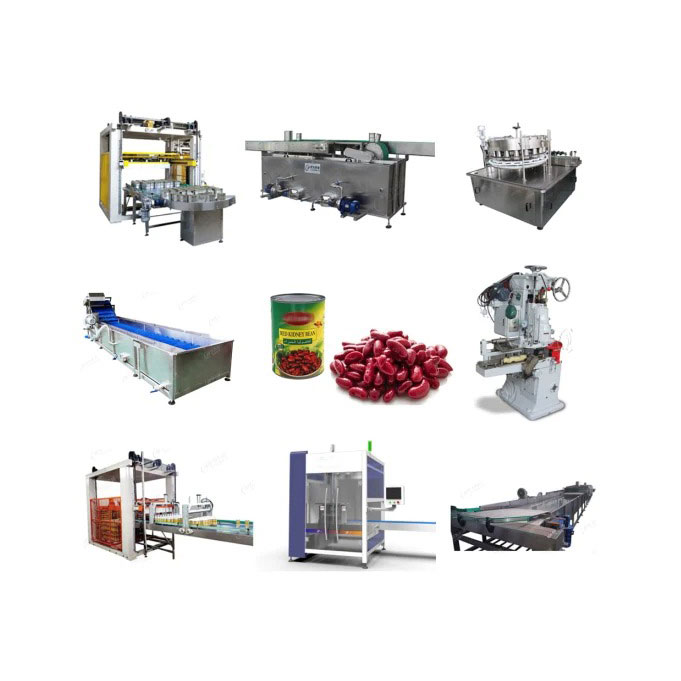 Bean Product Production Line
Bean Product Production Line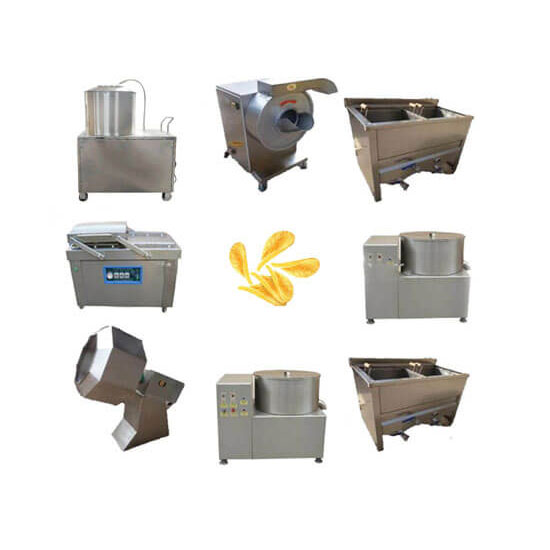 Semi-automatic Potato Crisps Production Line
Semi-automatic Potato Crisps Production Line
Ready to Get Started?